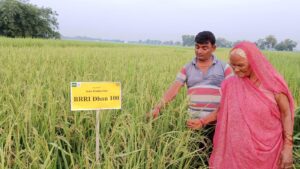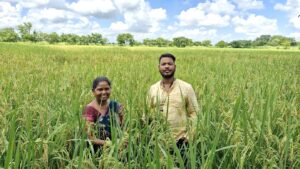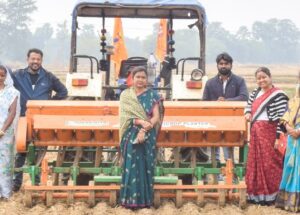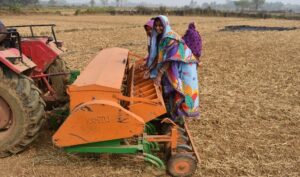The early years
Ruttan had laid a good foundation for research and had established contacts with economists elsewhere in the Philippines, particularly at the University of the Philippines School of Economics in Manila. Even after joining IRRI full-time, I continued to teach one course a year at the College of Agriculture and an occasional course at the School of Economics—a good two hours or more drive from Los Baños. There was method in my madness. Through teaching, I was able to identify promising graduate students to come to IRRI to do their thesis research with us.
When I joined IRRI in 1966, no one had ever heard of the place, and many at the College looked across the railroad tracks and over the fence and wondered if anything useful would ever come out of the fancy buildings and housing. The establishment of IRRI reflected growing concerns about food security in Asia. Bob Chandler kept a tight grip on the reins and we had a sharply focused mission—increase rice production in Asia.
In August 1966, we released IR8, the first of the so-called semidwarf varieties, and that changed everything. Joining IRRI was like buying a penny stock that suddenly took off. The big jump in the IRRI budget came in the 1970s when Nyle Brady was director general (see IRRI’s budget graph, 1960-2007). Because of concerns about the consequences of the Green Revolution, there was even more money for the social sciences.
I joined IRRI at a time when agricultural scientists, such as Norm Borlaug, thought that economists were part of the problem, not part of the solution. The last thing they wanted was to have an economist dealing with policy issues. So, my first task was to build some bridges.
Much of our research dealt with farm surveys. Lloyd Johnson, head of IRRI’s Agricultural Engineering Department [1960-68], with the help of Stan Johnson [no relation], initiated the “loop survey,” a frequent survey of rice farms along the national highway in Central Luzon to observe their farm practices, particularly in land preparation. Stan Johnson [1966-68]—and later Bart Duff [1970-90]—was the economist assigned to the Agricultural Engineering Department to work specifically on the economics of mechanization. Covering the same loop in 1966-67, we initiated a farm household survey. This survey has been conducted about every five years, even to this day, to track changes in farming practices, yields, costs, and returns
Also, for a number of years, we conducted an experiment on the experiment station. I argued with the administration that our objectives and experimental designs would be different from those of the agronomists; not the usual analysis of variance, but more points on the production function. One day, Bob Chandler, who had been out in the field with a visitor, called me into his office because he wanted to know why there were so many weeds in some of our plots. I said those were my low input treatments, and he seemed to be satisfied. After a while, Ronnie Coffman, IRRI plant breeder [1971-81], coined the acronyms ZIP (zero inputs), LIP (low inputs), and HIP (high inputs), but they never caught on with the agronomists. Conducting experiments helped me to better understand the problems and to learn the tricks of the other scientists.










